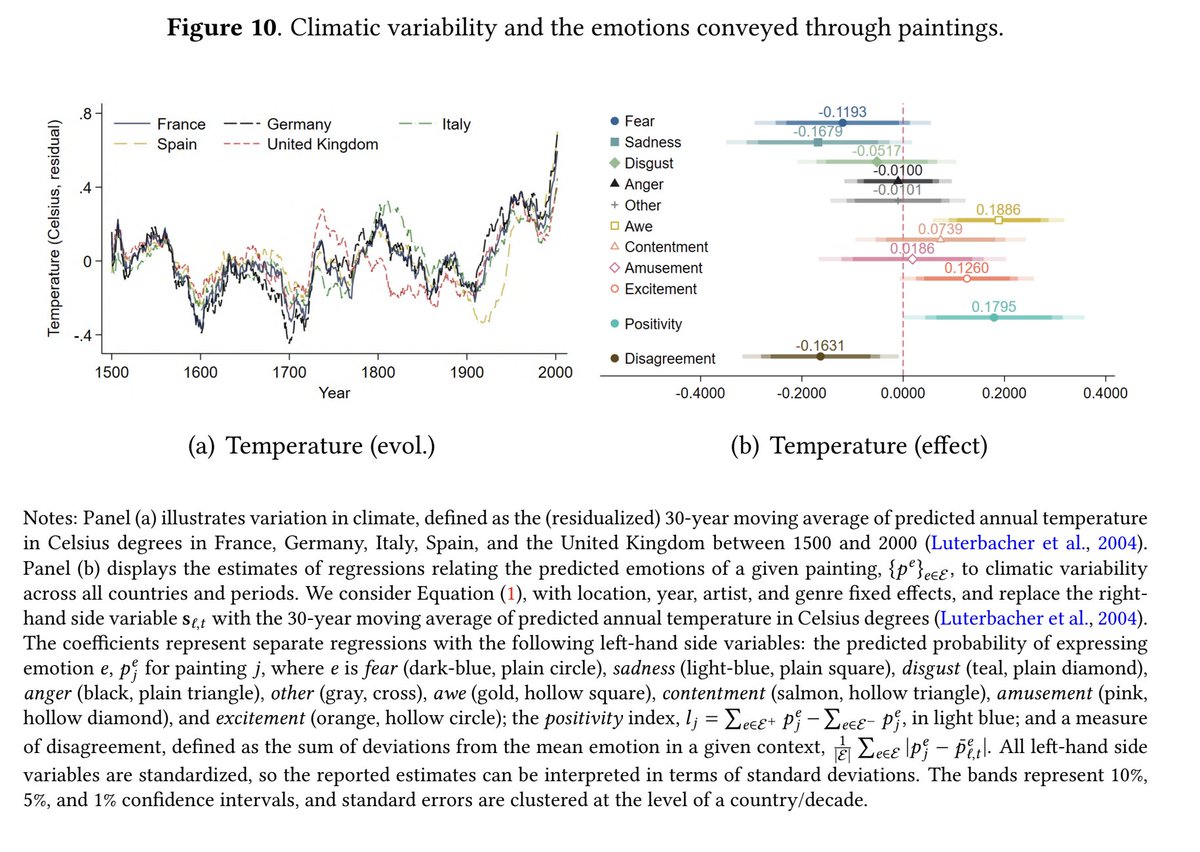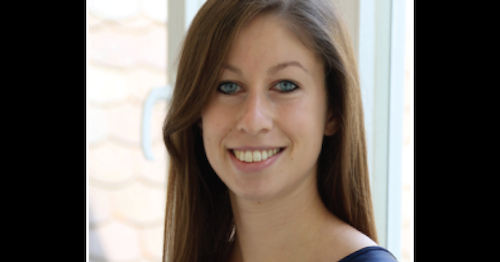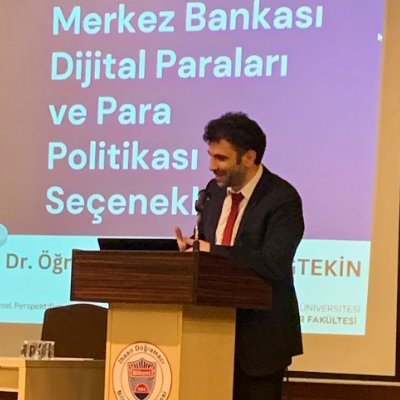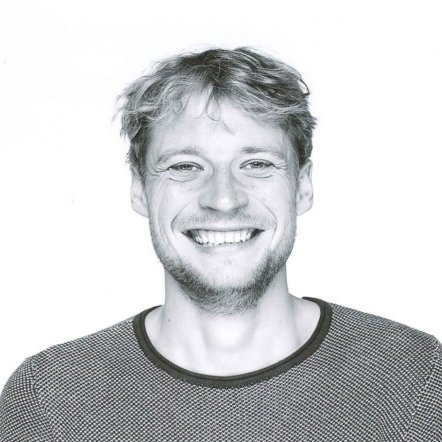
Toman Barsbai
@TomanBarsbai
Followers
1K
Following
2K
Media
68
Statuses
643
Development, migration, culture, and behavior of humans and sometimes non-human animals. Professor of Economics @BristolUniEcon
Joined October 2018
AI-generated text is everywhere: hard for orgs to assess human performance. Can we detect it while min false accusations? Yes! With @alexolegimas we audit detectors, show incredible accuracy ~0 (!!) false pos & neg; and we offer a policy framework for evaluating trade-offs. 🧵
18
75
324
🚨 New paper alert: Economists in 🇫🇷 France, 🇨🇦Canada, and 🇬🇧the U.K. just released what looks like a tour-de-force on the economics of artwork. It's big. 🎨📉📈 Here’s what they did. First, they collected and digitized 630,000 paintings dating from the year 1400 to the
14
125
501
New paper: Applying computation tools to over 2000 years of textual data in Chinese, we test the hypothesis that the organization of families (kin-based institutions) shapes our psychology. @MohammadAtari90 @slingerland20 @KevinHong1991 @JF_Schulz
4
79
260
How does high-skilled emigration affect countries of origin? "The weight of the evidence suggests that migration opportunities often increase human capital stock in origin countries and produce downstream beneficial effects." I love Figure 3, which summarizes the mechanisms.
Is it "good" or "bad" when skilled people leave low-income countries? We summarized the evidence in favor of "brain gain" vs. "brain drain": https://t.co/zuruPjiTWd Ungated PDF: https://t.co/B5aVnuut8T
2
13
28
When ethnic groups within countries become more culturally distant from those holding power in the central government, their likelihood of rebelling increases significantly. We spoke with @El_Guarnieri of @BristolUni about why such conflicts arise.
aeaweb.org
Eleonora Guarnieri discusses the role of cultural distance in driving civil conflict in Africa.
0
11
51
What do you make of this finding? "We find that parental divorce reduces children's adult earnings and college residence while increasing incarceration, mortality, and teen births."
61
112
646
Thanks for inviting me to Bristol. It was a fun conference on gender, diversity, and human capital.
@NHHEcon @LeiteMariante @SpazianiSara @ValderFranziska Our keynote speaker @TertiltMichele provides a fascinating overview of the economics of women’s rights. Her findings illustrate the importance of economic forces for rights expansions, but also how the impact of these forces varies with culture.
0
2
9
@NHHEcon @LeiteMariante @SpazianiSara @ValderFranziska @TertiltMichele @SoFi @erika_povea @UofEBusiness @FarahzadiShadi @binhuang_kl @CaterinaPavese1 @SofiaSierraV @Oleksan57829654 @giuferrero0 Last but not least Dario Sansone (@UofEBusiness) studying the sources of taste discrimination using list experiments. In Chile, many say they're comfortable with gay colleagues—but list experiments reveal far more discomfort suggesting social pressure masks discrimination.
0
2
3
@NHHEcon @LeiteMariante @SpazianiSara @ValderFranziska @TertiltMichele @SoFi @erika_povea @UofEBusiness @FarahzadiShadi @binhuang_kl @CaterinaPavese1 @SofiaSierraV @Oleksan57829654 @giuferrero0 shows the sex preferences of parents in a war setting. Her results suggest that families exposed to ethnic conflict had more children if they only had daughters. The war amplified sex-selective fertility and abortions, revealing how violence shapes family choices.
1
2
6
@NHHEcon @LeiteMariante @SpazianiSara @ValderFranziska @TertiltMichele @SoFi @erika_povea @UofEBusiness @FarahzadiShadi @binhuang_kl @CaterinaPavese1 @SofiaSierraV @Oleksan57829654 shows that media role models matter, even in childhood. In early-2000s Ukraine, girls with more exposure to female-led animated series later pursued more education and STEM—and both boys and girls held fewer gender stereotypes.
1
2
4
@NHHEcon @LeiteMariante @SpazianiSara @ValderFranziska @TertiltMichele @SoFi @erika_povea @UofEBusiness @FarahzadiShadi @binhuang_kl @CaterinaPavese1 Do classmates with disabilities affect learning outcomes? @SofiaSierraV studies this question in Chile. Students in inclusive classrooms show slightly lower test scores but the impact varies by disability type and is eased when teachers stay with the same class over time.
1
2
3
@NHHEcon @LeiteMariante @SpazianiSara @ValderFranziska @TertiltMichele @SoFi @erika_povea @UofEBusiness @FarahzadiShadi @binhuang_kl We kick off the last day of BÆM 2025 with @CaterinaPavese1. She uses data from the Netherlands to show that early integration boosts cultural assimilation but can hurt education—especially for disadvantaged children.
1
2
4
@NHHEcon @LeiteMariante @SpazianiSara @ValderFranziska @TertiltMichele @SoFi @erika_povea @UofEBusiness @FarahzadiShadi The day concludes with @binhuang_kl. He shows that in Mao-era China, forced integration reduced trust and growth. But decades later, the same villages built stronger, more productive ties. Institutions turned diversity from a burden to an asset.
1
2
5
@NHHEcon @LeiteMariante @SpazianiSara @ValderFranziska @TertiltMichele @SoFi @erika_povea @UofEBusiness @FarahzadiShadi shows that after 9/11, intermarriage rates for American Muslims dropped sharply—driven more by changing preferences among non-Muslim Americans than Muslims themselves.
1
2
7
@NHHEcon @LeiteMariante @SpazianiSara @ValderFranziska @TertiltMichele @SoFi @erika_povea We continue with Ellen Greaves (@UofEBusiness). She shows that better schools don't always boost nearby home prices. Her work shows the "school premium" only appears when the alternative is a clearly worse school.
1
2
3
@NHHEcon @LeiteMariante @SpazianiSara @ValderFranziska @TertiltMichele @SoFi @erika_povea studies the impact of violent crime on education. As organized crime surges in Ecuador, school dropout rates rise. Children aged 11–14 are most affected, not due to fewer resources, but to fear and instability.
1
5
12
@NHHEcon @LeiteMariante @SpazianiSara @ValderFranziska Our keynote speaker @TertiltMichele provides a fascinating overview of the economics of women’s rights. Her findings illustrate the importance of economic forces for rights expansions, but also how the impact of these forces varies with culture.
1
3
6
@NHHEcon @LeiteMariante @SpazianiSara @ValderFranziska asks what drives gender differences in health. Her evidence from Denmark points to an important role of providers: women are less likely to be prescribed lifesaving drugs, but can improve their outcomes when they change doctors.
1
2
3
@NHHEcon @LeiteMariante @SpazianiSara shows that gender quotas in Italian governments boosted female representation, and over time, strongly increased access to anti-violence services. Political representation can help to reduce gender-based violence.
1
2
4


































